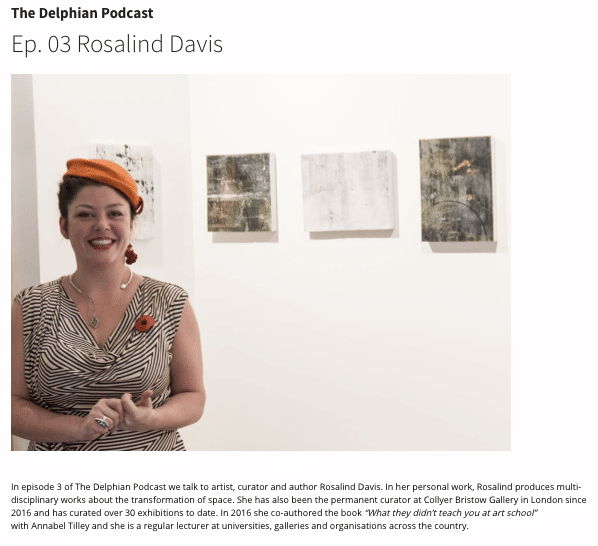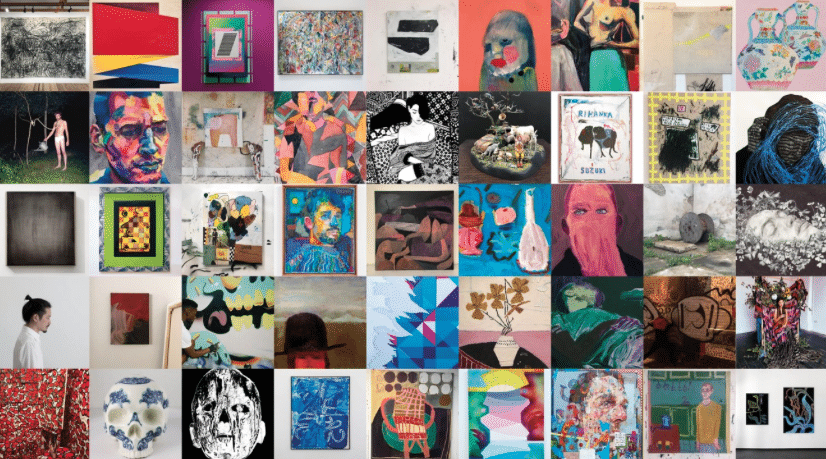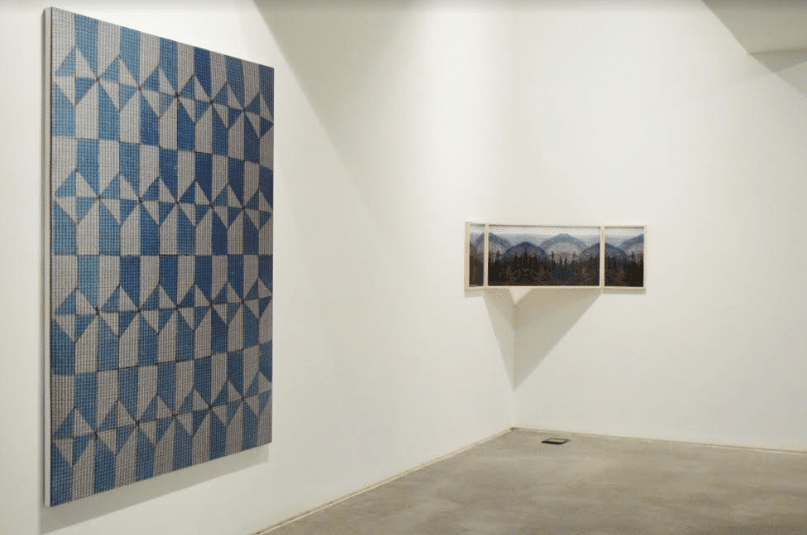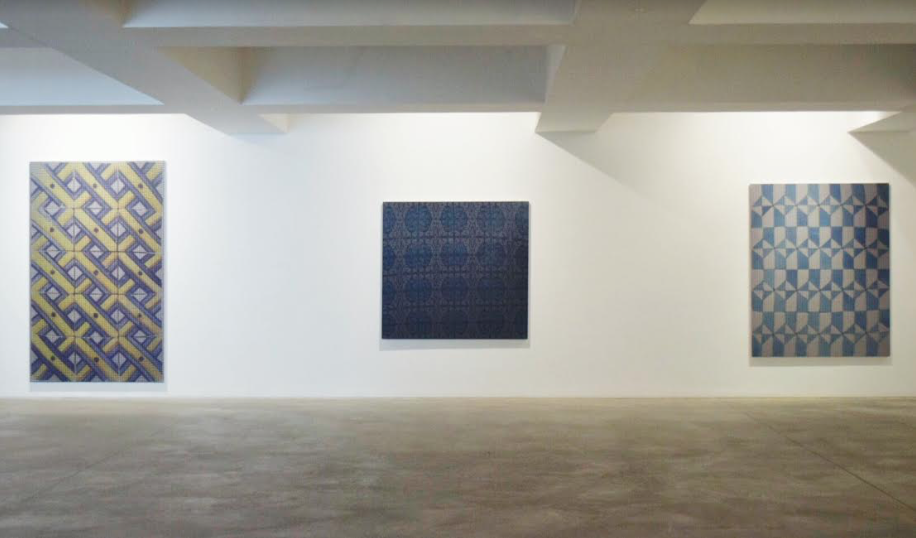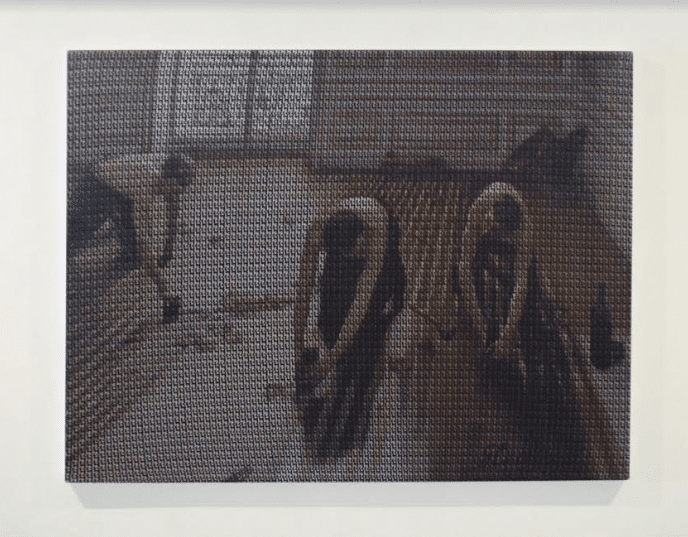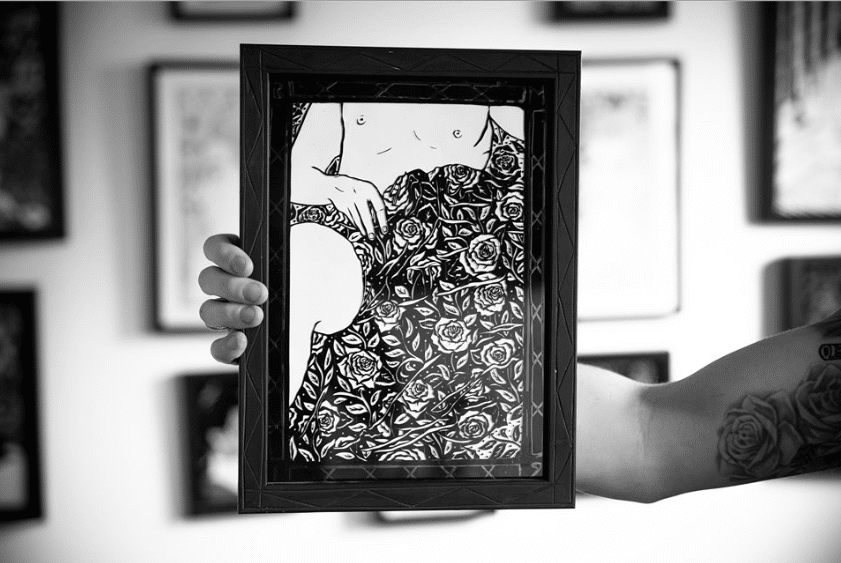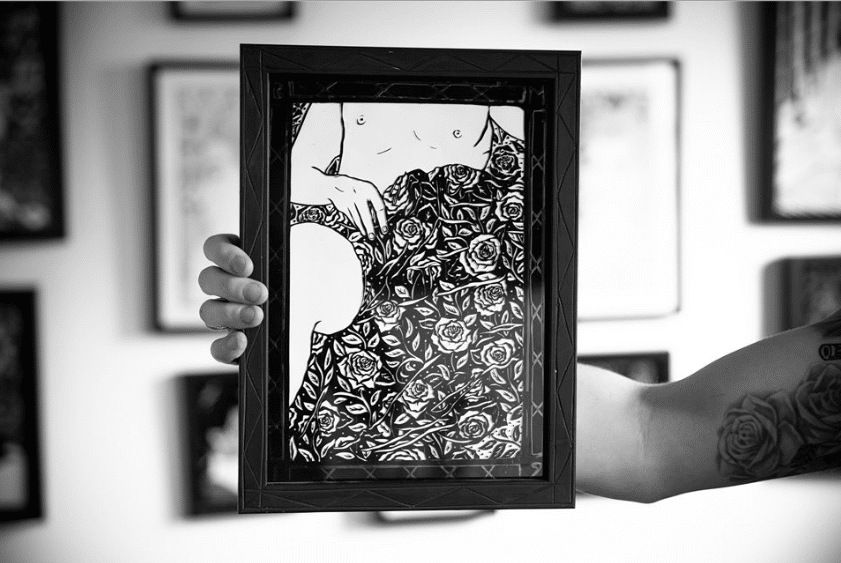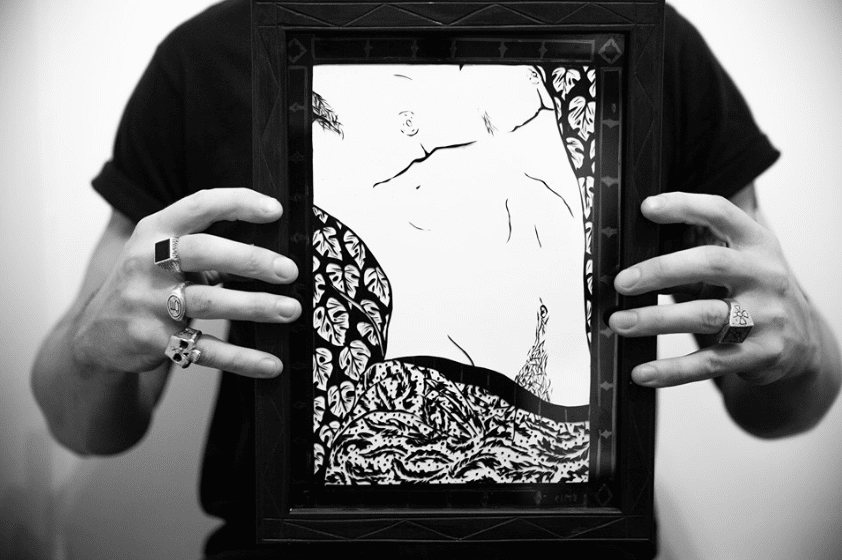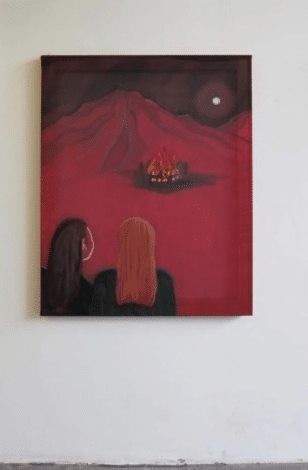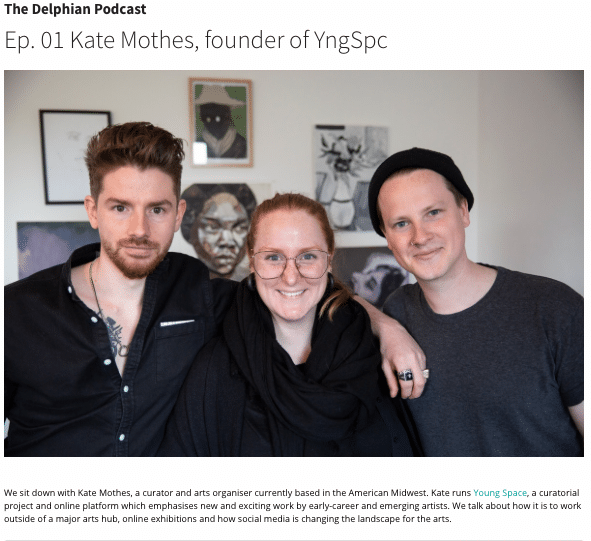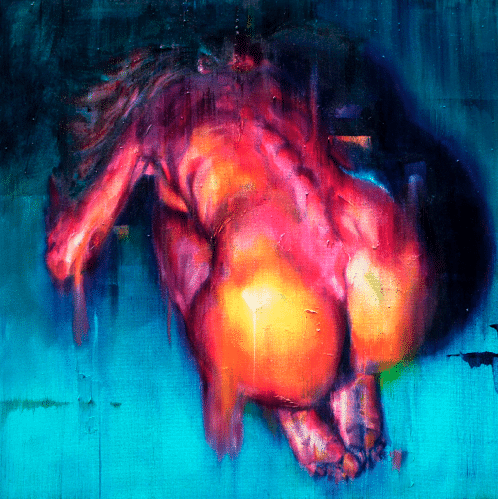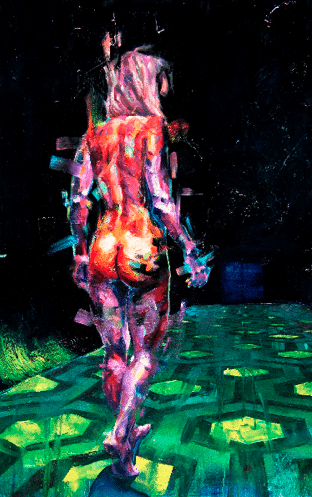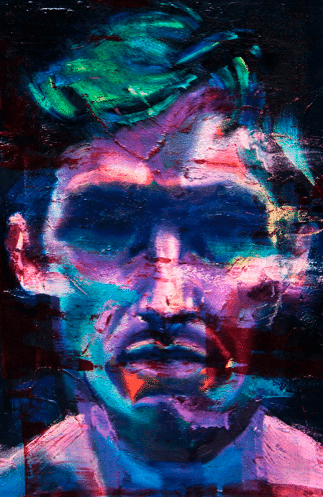Printing process video – Envy For The Living
Benjamin Murphy‘s most-recent print Envy For The Living was released a few months ago, and sold out in just 24 hours.
We made a printing process video so you could see all of the hard work that goes into making a woodcut print.
Sadly all of the prints have now sold, but there are still a few works from his current show ANTIHERO in Helsinki available
EMAIL US for more information – INFO@DELPHIANGALLERY.COM
Video by NickJSThompson



